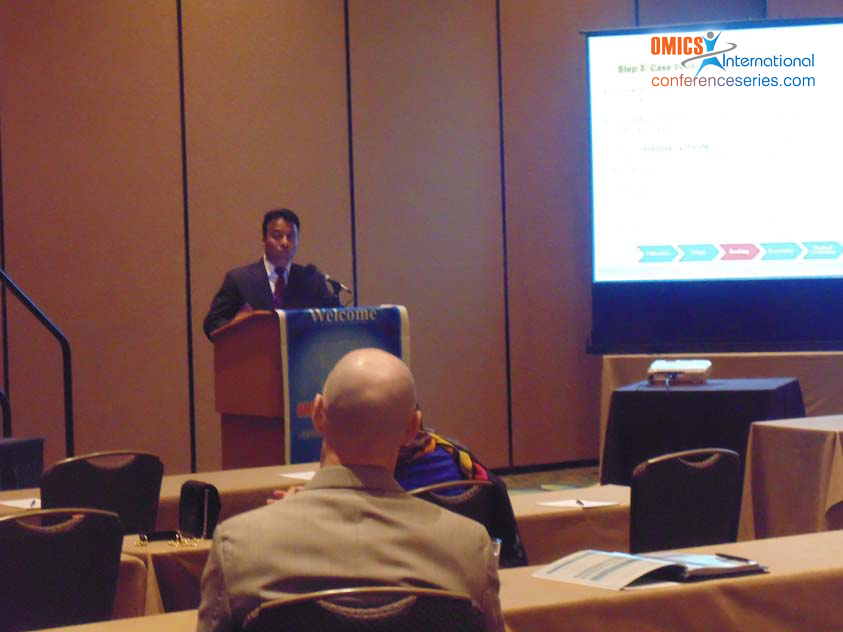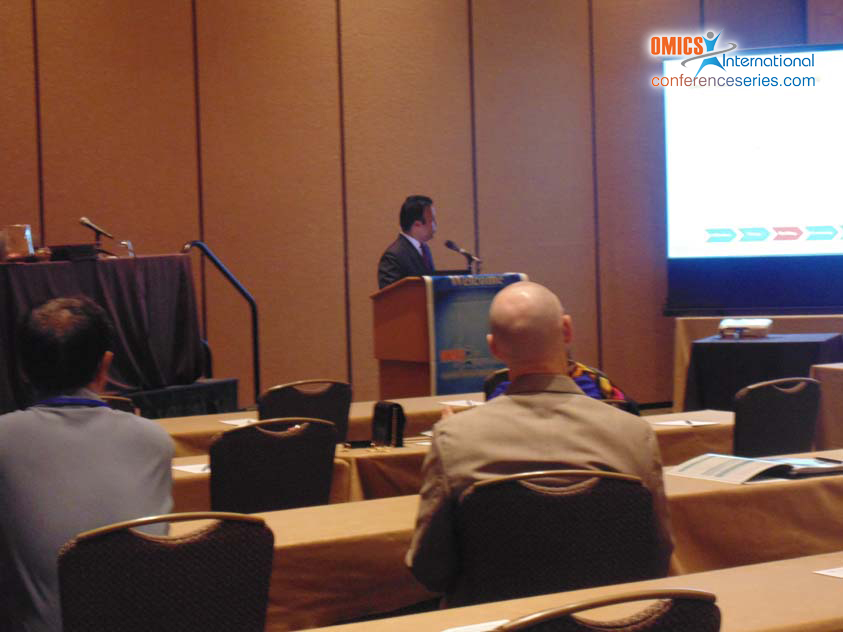
Ajay Francis Christopher
Baba Farid University of Health Sciences, India
Title: Handling and processing safety reports from clinical trials and spontaneous origin
Biography
Biography: Ajay Francis Christopher
Abstract
An adverse event (AE) for an investigational product could be generated during the clinical phase or reported spontaneously by a healthcare professional (HCP) or consumer via phone, fax, mail, literature or any social media. The ICH E2A has laid guidelines for the reporting of AE during clinical trials. Hence, pharmaceutical companies collect thousands of Serious Adverse Events (SAE) reports from a trial and individual case safety reports (ICSRs) from post marketing across many countries. An efficient way to manage the high load of safety reports is via adopting a process flow approach which consists of four basic steps: Case intake, case processing, case review and case reporting. The case intake from a clinical trial is done via SAE reports which are a part of case report form (CRF). The information is provided by a trained HCP and hence requires minimal handing before processing. Whereas, ICSRs are generated from the data mostly collected from non-medical personnel and hence the information is non-standardized and sometimes incomplete. During the second step i.e. case processing, the data is validated against four minimal criteria established by ICH i.e. identifiable patient, reporter, AE and suspected drug. In addition, the data is checked for possible duplication, entered onto safety database with case narratives and AE coded in compliance with the internationally defined standards. The third step i.e. the case processing is of great importance as the ICSRs are evaluated using the three standardized criteria: seriousness (death, life threatening, hospitalization, etc.), expectedness (whether the AE was expected under investigator brochure in a clinical trial or the product label for marketed product and causality assessment (degree of casual relationship between the AE and drug. These three criteria are essential for the establishment of expedited reporting of a safety report. The final step is the case reporting to the regulatory authorities within the timelines defined in the regulations. Hence, the importance of handling safety reports cannot compromised as it help to protect both patient safety and value of product assets of a pharmaceutical company.
Speaker Presentations
Speaker PPTs Click Here


